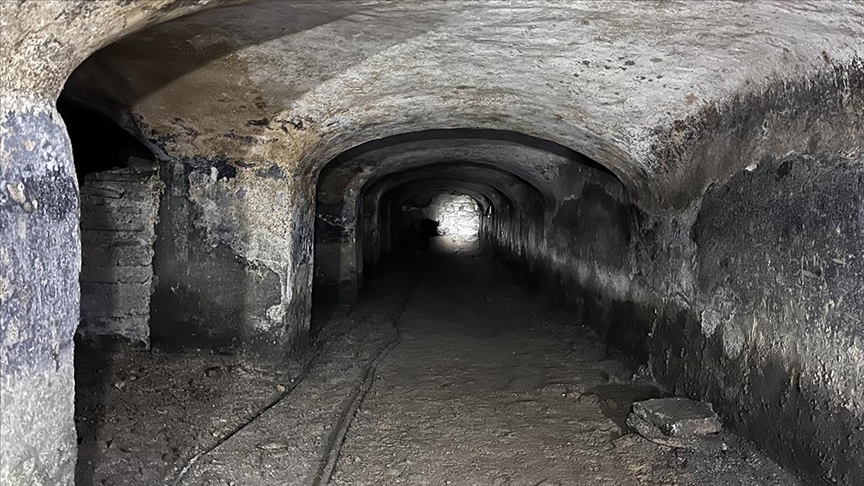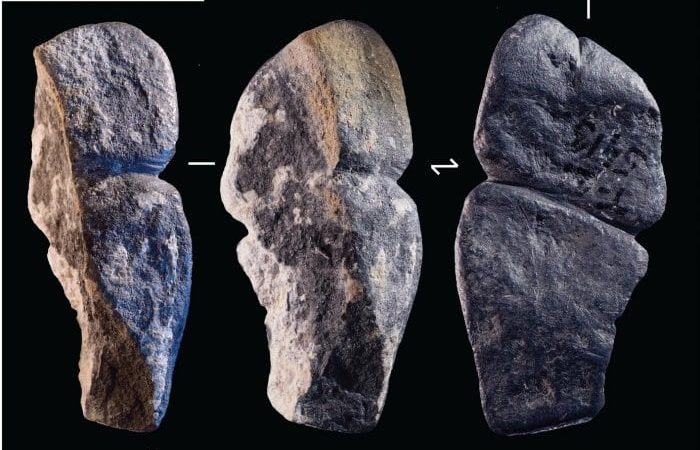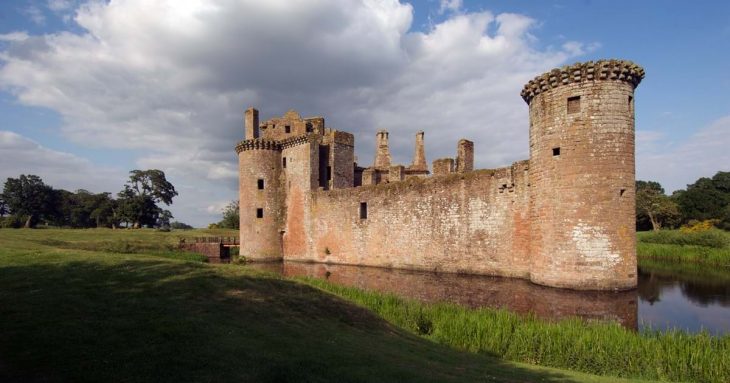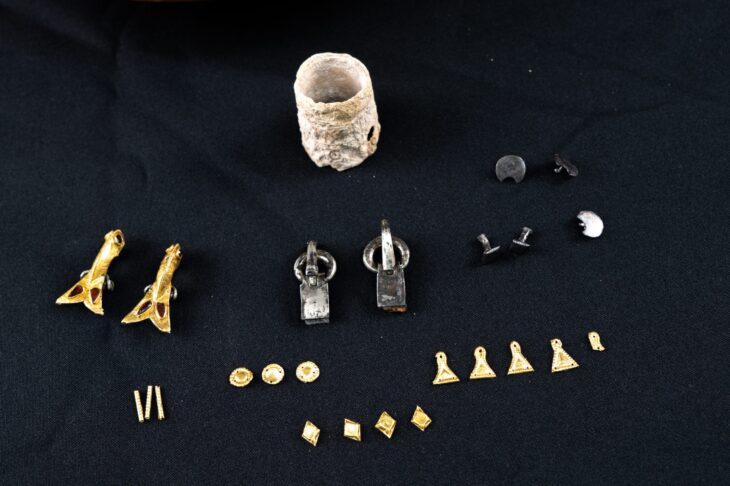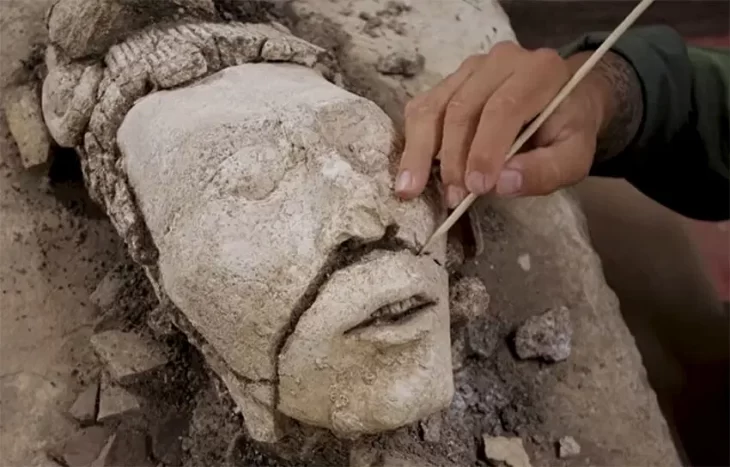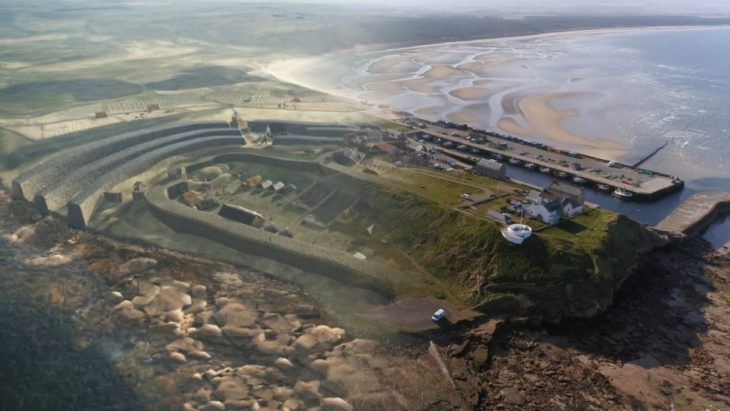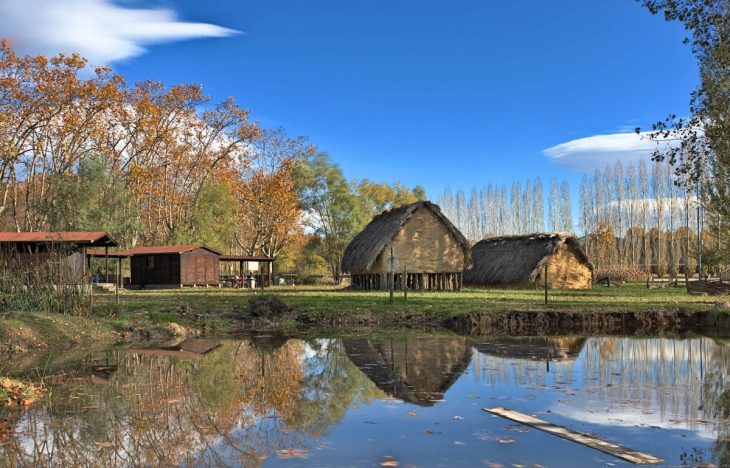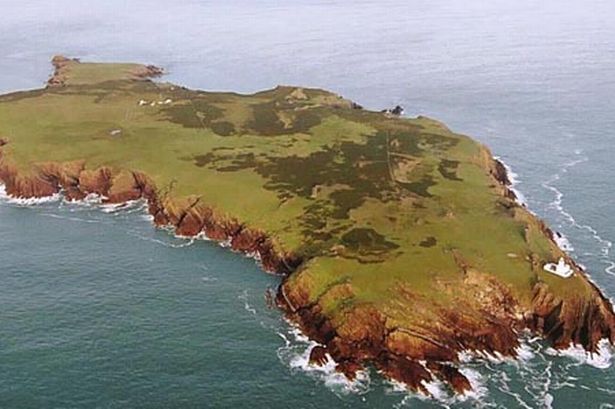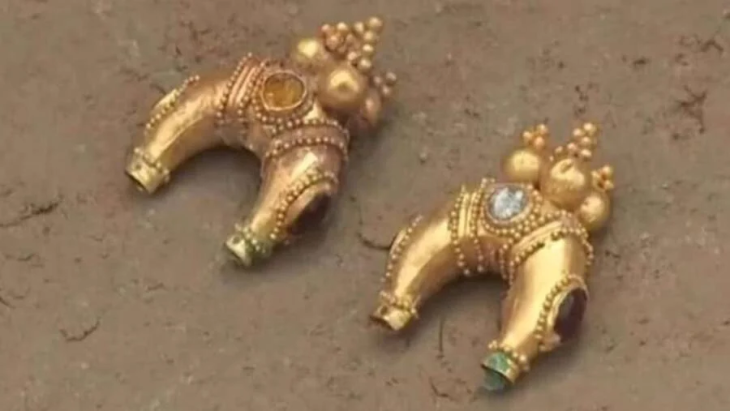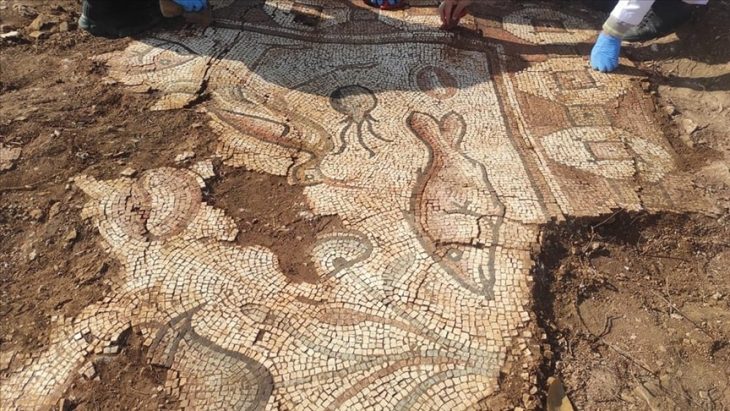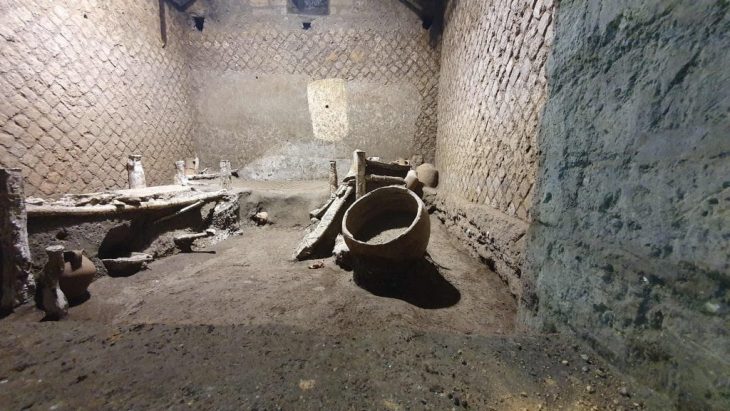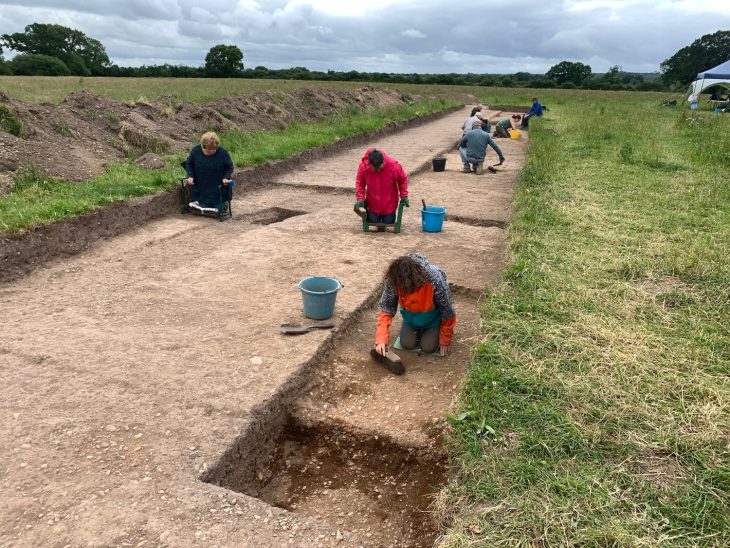The Turkish Ministry of Culture is carrying out a cleaning program aimed at opening to the public the underground spaces of the famous Hagia Sophia in İstanbul, one of the world’s famous architectural wonders. This project includes the restoration of tunnels, vaults, corridors, and a three-room underground tomb beneath the historic structure.
These subterranean features served a variety of purposes, from ventilation to storage and even burial. They are interconnected, forming a concealed network described by experts as the “lifelines” of Hagia Sophia.
The “Hypogeum,” a three-room underground tomb four meters below the northeast façade of Hagia Sophia, is one of the most fascinating finds. It was built in the fourth century A.D. before Hagia Sophia was built in the sixth century.
The existence of this particular underground structure was known since 1946, but it had been inundated with four tons of mud and sediments. With the large-scale cleaning works of the Ministry of Culture and Tourism in 2020, rubble and mud were cleaned and its grandeur was revealed.
Over time, it underwent various modifications and was linked to other subterranean facilities through ventilation shafts, making it one of the region’s oldest architectural remnants.
📣 Our WhatsApp channel is now LIVE! Stay up-to-date with the latest news and updates, just click here to follow us on WhatsApp and never miss a thing!!
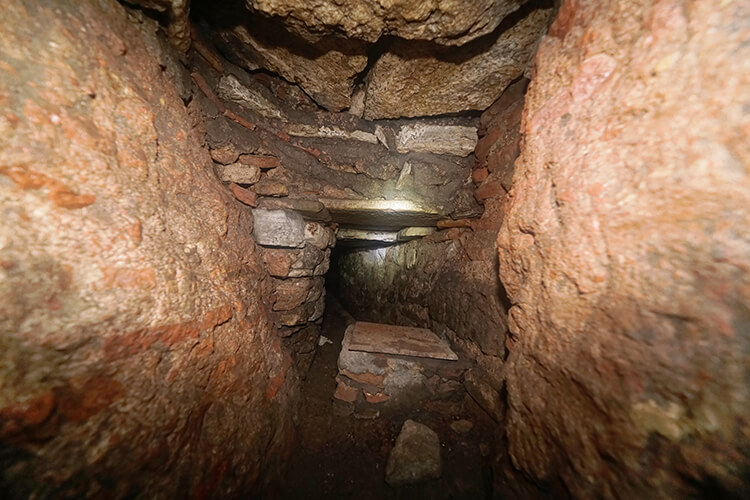
Dr. Hasan Fırat Diker, of the Hagia Sophia Science Council, said they’ve studied Hagia Sophia’s underground structures for five years. The structures surrounding Hagia Sophia are approximately one kilometer long and the cleaning is expected to last one year.
“This study is very important and valuable in the sense that both existing places can be visited, even if only a part of them, and the findings inside are dealt with sensitivity under the supervision of the Hagia Sophia Museum and those that are revealed can shed light on the history of Istanbul,” Diker said.
He adds that the sections under the arcaded courtyard are as old as Hagia Sophia, meaning they are 1,500 years old and the tomb area is believed to be older than the current structure.
Diker noted the importance of addressing both the superstructure and the infrastructure. “It is pleasing that not only the superstructure but also the infrastructure is being addressed,” he noted.
Cover Image Credit: Mücahit Türetken

